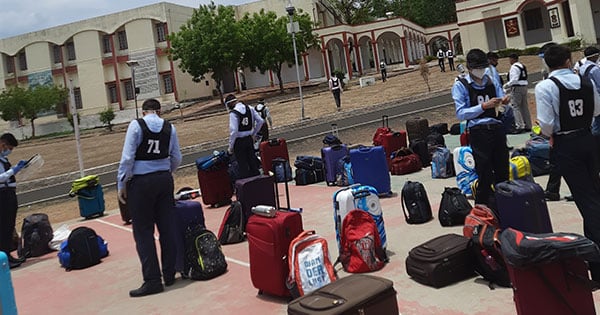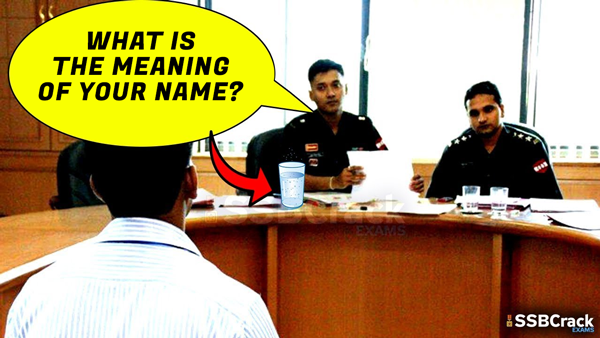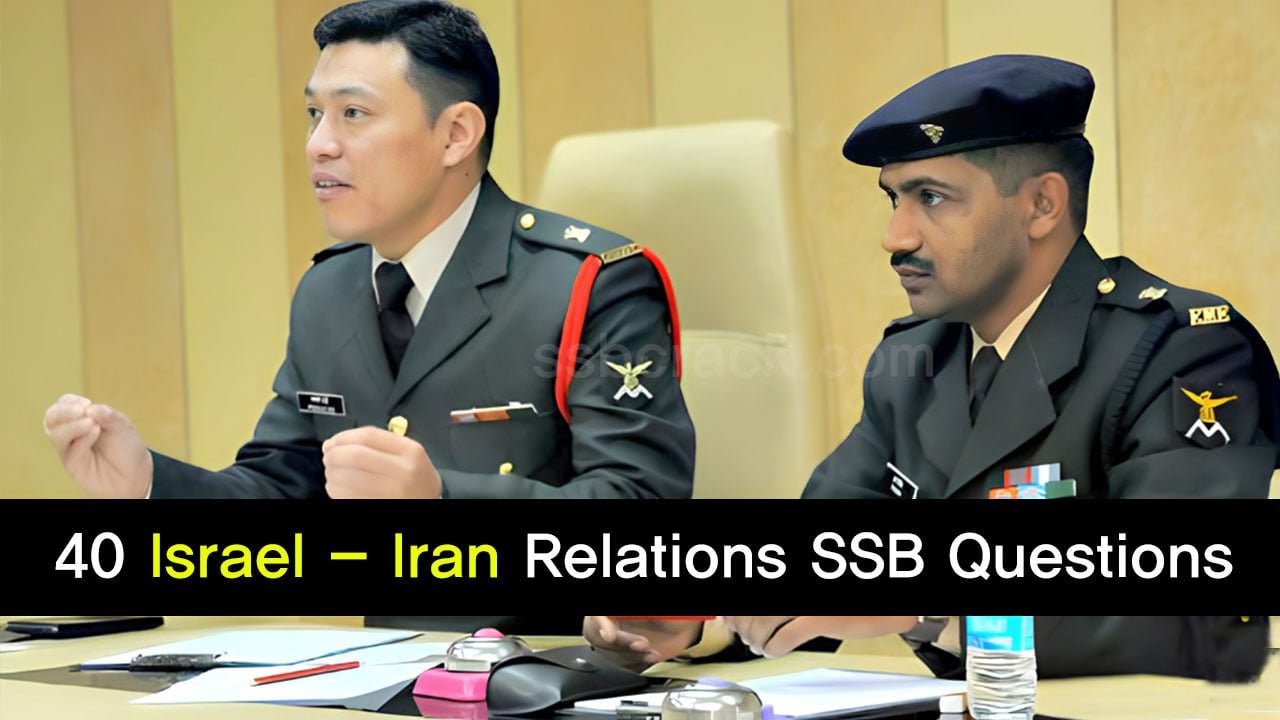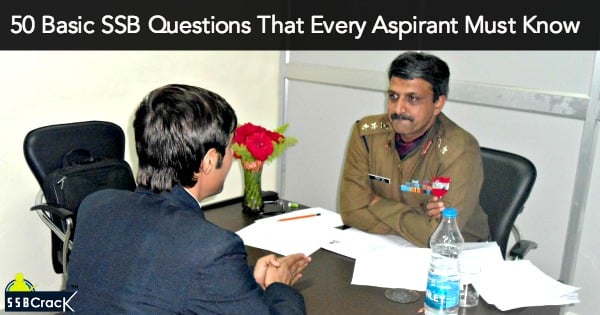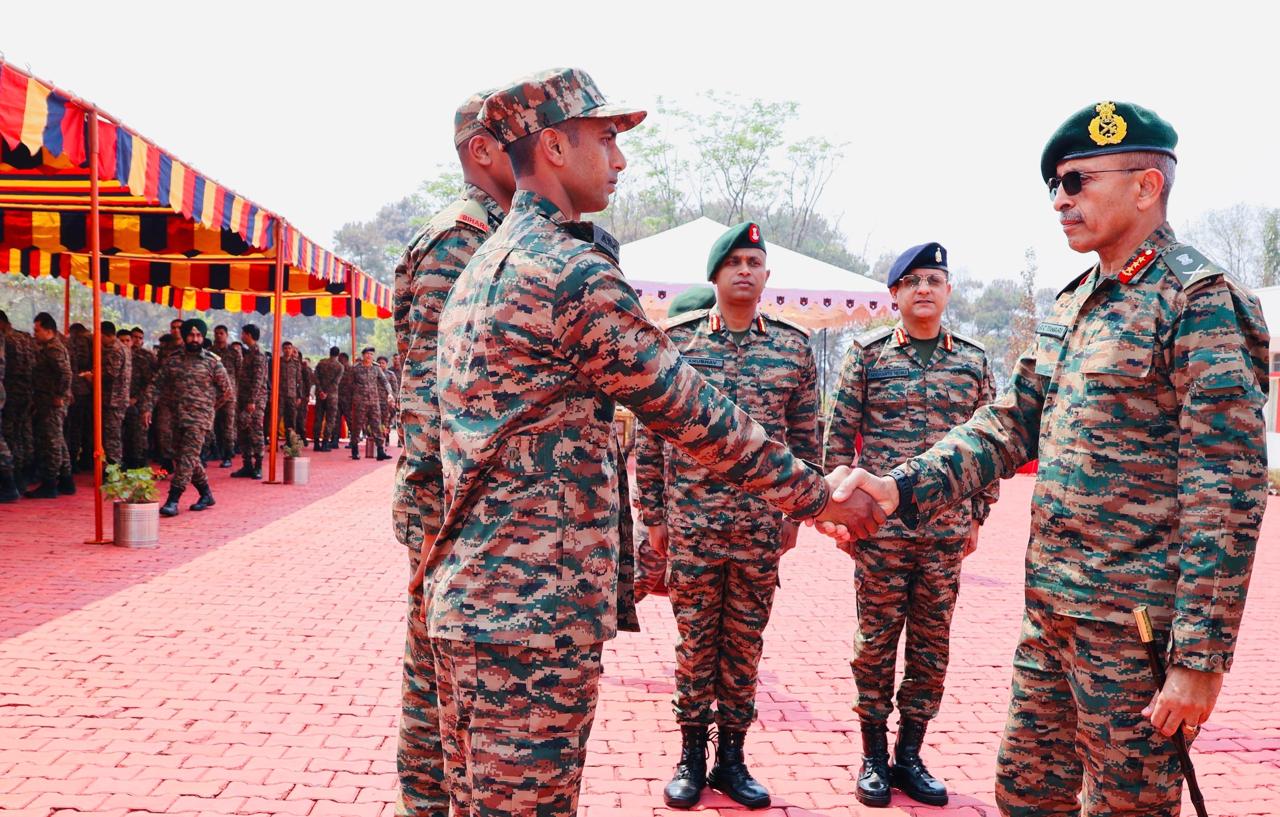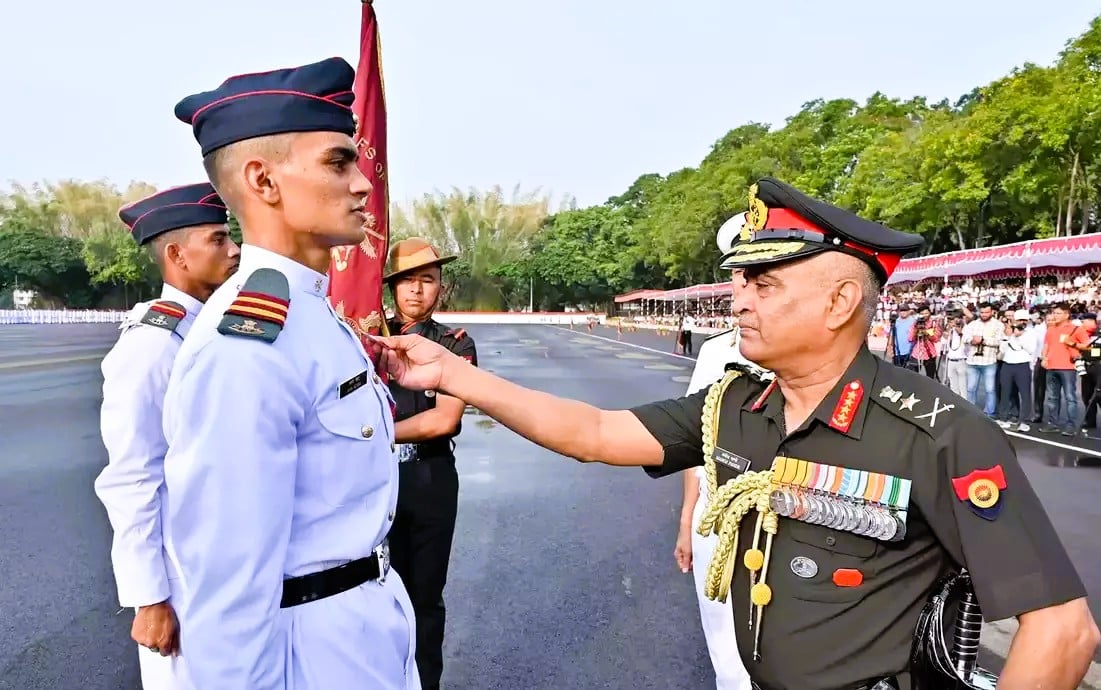“One Nation, One Election” is a proposal by the Indian government to synchronize all elections across the country, including those for the Lok Sabha (national parliament) and state legislative assemblies, potentially on a single day or within a specific timeframe.
The primary goal is to reduce election costs, minimize administrative and security burdens, and ensure smoother governance by avoiding frequent disruptions due to the enforcement of the Model Code of Conduct during election periods.
A bill related to this proposal was introduced in the Lok Sabha on December 17, 2024.
📚Must Order Now: 👉 SSB Interview Books Power Pack: 4 Essential Books for Defence Aspirants
Historical Context:
- India initially held simultaneous elections for the Lok Sabha and state assemblies until 1967.
- This practice was disrupted due to premature dissolution of some state assemblies in 1968 and 1969.
- Since 2014, Narendra Modi has advocated for simultaneous elections to reduce public expenditure and prevent disruption of developmental work due to the Model Code of Conduct.
- Simultaneous elections are practiced in some other countries such as Pakistan, Nepal, Sweden and Belgium.

Law Commission Recommendations:
- In August 2018, the Law Commission of India released a draft report recommending simultaneous elections for all direct elections, from panchayats to the Lok Sabha.
- The commission highlighted the potential benefits, including:
- Saving public money.
- Reducing strain on the administrative and security forces.
- Timely implementation of government policies.
- Shifting administrative focus to development rather than electioneering.
- The Law Commission noted that implementing simultaneous elections would require amendments to the Constitution, the Representation of the People Act 1951, and the Rules of Procedure of Lok Sabha and state Assemblies, with ratification of changes by at least 50% of the states.
High-Level Committee:
- A High-Level Committee (HLC) was formed on September 2, 2023, to examine the feasibility of simultaneous elections and suggest a framework.
- Purpose: To suggest a framework for synchronizing elections and, specifically, suggest phases and timeframes if simultaneous elections cannot be held in one go. The HLC is also tasked with suggesting amendments to the Constitution and other laws and proposing necessary rules for implementation.
- Key Members:
- Chairman: Former President of India, Ram Nath Kovind.
- Members: Amit Shah (Union Home Minister), Arjun Ram Meghwal (Union Law Minister), Ghulam Nabi Azad, N.K Singh, Dr. Subhash C. Kashyap, Harish Salve, Sanjay Kothari, and Adhir Ranjan Chowdhury (who later withdrew).
- The HLC submitted an 18,000-page final report to the President of India on March 14, 2024, recommending the following:
- Establishing an “Appointed Date” after the 2024 general elections to initiate the new electoral cycle from 2029.
- Extending the terms of state legislative assemblies expiring before this date.
- Prematurely dissolving assemblies with terms extending beyond this date.
- Making 18 amendments to the Constitution, particularly to Article 83 (duration of Houses of Parliament) and Article 172 (duration of state legislative assemblies).
- Seeking ratification from states on amendments to Article 324A and Article 325.
- The committee also sought legal advice from former Chief Justices and recorded public opinions, with 81% of 21,558 public responses being in favor of the proposal according to the Law Ministry.
Reactions:
- Government: Union Parliamentary Affairs Minister Pralhad Joshi stated that discussions would be held in the public domain and Parliament after the committee submitted its report, and emphasized the democratic evolution.
- Election Commission: The Chief Election Commissioner stated that the commission is prepared to conduct elections according to legal provisions.
- Opposition:Many opposition parties vociferously oppose the plan, citing disadvantages for regional parties and the need to abolish no-confidence motions. They see the move as an attempt by the BJP to consolidate power and shift towards a presidential system.
- Some smaller parties fear that the move is an attempt to convert the country from a multi-party democracy into a one-party state.
- They have also stated that this move will reduce the accountability of the government to the public.
- The Indian National Congress alleged that Modi was paving the way for a “One Nation, No Election” scenario.
- Congress leader Adhir Ranjan Chowdhury called his inclusion in the committee a “total eyewash,” claiming its conclusions were predetermined.
- Other opposition leaders such as P. Chidambaram and Kapil Sibal have criticized the move as a power grab.
- Chidambaram stated that the government is trying to implement sweeping constitutional changes by trying to achieve two-thirds majority in the Lok Sabha.
- Kapil Sibal stated that “One Nation One Election will be the downfall of the Modi government.”
Future Outlook:
- In the 2024 general elections, the BJP-led NDA coalition’s seat share was reduced from 353 to 293, with the BJP itself dropping from 303 to 240 seats. The opposition INDIA bloc won 233 seats.
- Since Constitutional amendments require a two-thirds supermajority in both Houses of Parliament, achieving these necessary changes has become more challenging.
- Despite this, on September 18, 2024, the Modi cabinet approved the “One Nation, One Election” bill, which was introduced in the Lok Sabha on December 17, 2024.
- A division vote in the Lok Sabha resulted in 269 votes in favor of the bill, and 198 against it.
- Despite objections from the opposition INDIA bloc, the government proceeded with the bill, arguing that a special majority may not be necessary for introducing constitutional amendment bills.
- A 39-member Joint Parliamentary Committee (JPC) was formed to review the bill and related amendments to the Government of Union Territories Act, 1963.
Key Quotes:
- Law Commission on advantages of simultaneous polls: “It will lead to the saving of public money, reducing the strain on the administrative setup and security forces, timely implementation of government policies, and administrative focus on development activities rather than electioneering.”
- Government on implementing simultaneous polls: “There is nothing to be nervous about, as discussions will be held. We are the world’s largest democracy and we are known as the mother of democracy. This is the evolution of democracy in the mother of democracy.”
- Opposition on the motive of One Nation One Election: “The government wants ‘One Nation, No Election’, claims Congress.”
JPC (Joint Parliamentary Committee) Members:
- The JPC, initially planned to have 31 members, was expanded to 39 members to include representation from smaller parties.
- It comprises 27 Lok Sabha MPs and 12 Rajya Sabha MPs.
- Chairperson: P. P. Chaudhary.
- The JPC contains both Government and Opposition MPs
Key Takeaways:
- “One Nation, One Election” is a significant political proposal with historical roots and a clear objective to streamline India’s electoral process.
- It has strong support from the government and certain sections of the public, who see it as a means to save public resources and improve governance.
- However, it faces stiff opposition from several political parties who view it as a threat to India’s federal structure, political diversity, and democratic norms.
- The success of this proposal will depend on the government’s ability to gain the required constitutional majorities, along with state ratification and a broader consensus among stakeholders.
One Nation, One Election: SSB Interview Questions
- What is the main objective of the “One Nation, One Election” proposal?
- When were simultaneous elections last held in India, and what caused the system to break down?
- What are some of the key recommendations of the Law Commission of India regarding simultaneous elections?
- What was the purpose of the High-Level Committee formed in September 2023, and who was its chairman?
- What are the main constitutional changes proposed in the High-Level Committee’s report to enable simultaneous elections?
- What was the general public reaction to the ‘One Nation, One Election’ proposal?
- What are some of the main arguments against “One Nation, One Election” put forth by opposition parties in India?
- What role did the 2024 General Election results play in the future of the ‘One Nation, One Election’ proposal?
- When was the ‘One Nation, One Election’ Bill introduced in the Lok Sabha, and what was the outcome of the vote?
- What is a JPC and why was it formed in relation to the ‘One Nation, One Election’ Bill?
Answer Key
- The main objective of the “One Nation, One Election” proposal is to synchronize all elections in India (Lok Sabha, state legislative assemblies, and potentially local bodies) to be held either on a single day or within a specific timeframe. The primary goal is to reduce election costs and minimize disruptions to governance and development.
- Simultaneous elections were held in India until 1967. The system was disrupted due to the premature dissolution of some state assemblies in 1968 and 1969, which led to the break in the synchronicity of the electoral calendar.
- The Law Commission of India recommended amending the Constitution, the Representation of the People Act 1951, and the Rules of Procedure of Lok Sabha and state Assemblies to implement simultaneous elections. They also suggested that the amendments be ratified by at least 50% of the states and argued that it would reduce costs, streamline administration, and allow for better governance.
- The High-Level Committee formed on September 2, 2023 was created to examine the issue of simultaneous elections and make recommendations for holding them in the country. The chairman of the committee was former President of India Ram Nath Kovind.
- The High-Level Committee proposed 18 amendments to the Constitution, most notably to Article 83 (duration of the Houses of Parliament) and Article 172 (duration of state legislative assemblies). States were also to ratify amendments to Article 324A and Article 325 to enable common electoral rolls and voter IDs.
- There was a wide variety of reactions from the public to the ‘One Nation, One Election’ proposal. 81% of public responses recorded by the Law Ministry were reportedly in favor of the proposal.
- Opposition parties argue that “One Nation, One Election” would disadvantage regional parties, potentially leading to a one-party state and reducing government accountability. They also believe it erodes the federal system of governance and goes against the spirit of democracy, which should have staggered elections that provide for accountability.
- The 2024 General Election results significantly reduced the BJP’s majority in the Lok Sabha, making it difficult to pass the required constitutional amendments for simultaneous polls. The ruling coalition’s reduction in seats has made it nearly impossible to achieve the necessary two-thirds majority needed in both houses of Parliament.
- The ‘One Nation, One Election’ Bill was introduced in the Lok Sabha on December 17, 2024. A division vote took place where 269 members supported the move, and 198 opposed it.
- A JPC, or Joint Parliamentary Committee, is a committee formed with members from both houses of parliament to discuss issues of national importance. The JPC was formed to further examine the “One Nation, One Election” bill.
SSB Group Discussion Questions
Instructions: Answer the following questions in essay format. Be sure to support your arguments with information from the source material.
- Evaluate the potential benefits and drawbacks of “One Nation, One Election” as it relates to the Indian political landscape. Consider the arguments presented by both proponents and opponents.
- Analyze the historical context of simultaneous elections in India, examining why they were discontinued and how the current proposal seeks to re-establish them.
- Discuss the role of the High-Level Committee in shaping the “One Nation, One Election” proposal. Analyze the recommendations it made, and their potential impact on Indian electoral practices.
- Explain the constitutional and legal hurdles that stand in the way of implementing “One Nation, One Election” in India. Refer to specific articles of the constitution and relevant acts.
- Critically assess how the “One Nation, One Election” proposal may impact regional political parties and the existing federal structure in India, using specific examples from the text to support your argument.
Glossary of Key Terms
- Lok Sabha: The lower house of the Parliament of India, also known as the House of the People.
- State Legislative Assembly: The legislative body of each of the states of India, responsible for making laws at the state level.
- Union Territories: Areas governed directly by the central government of India and not belonging to any of the states.
- Model Code of Conduct: A set of guidelines issued by the Election Commission of India for political parties and candidates to follow during election periods, to ensure free and fair elections.
- Law Commission of India: An executive body established by the Government of India to conduct legal research and reforms.
- High-Level Committee: A committee formed by the Government of India to examine the feasibility and logistics of “One Nation, One Election” and to provide recommendations.
- Article 83: A clause in the Constitution of India pertaining to the duration of the Houses of Parliament (Lok Sabha and Rajya Sabha).
- Article 172: A clause in the Constitution of India concerning the duration of state legislative assemblies.
- Article 324A: A provision in the Constitution of India which would need to be amended to empower the Election Commission for simultaneous elections at the local level, including Panchayats and Municipal bodies.
- Article 325: A provision in the Constitution of India that needs to be amended to empower the Election Commission of India to create common electoral rolls and voter IDs with the help of the state election commissions.
- Supermajority: A voting threshold that requires a vote count above a simple majority (more than 50%), often two-thirds or three-fifths majority, needed for passing constitutional amendments.
- JPC (Joint Parliamentary Committee): A committee comprising members of both houses of the Indian Parliament formed to investigate specific issues or bills.
- Bharatiya Janata Party (BJP): One of the major political parties in India, often associated with Hindu nationalism.
- Indian National Congress (INC): One of the major political parties in India, historically a dominant force in Indian politics, currently the leading party in opposition.
- NDA (National Democratic Alliance): A coalition of political parties led by the Bharatiya Janata Party.
- INDIA: The name of the political alliance of opposition parties in India seeking to challenge the ruling NDA coalition, led by the Indian National Congress.
- Representation of the People Act 1951: An Act of the Indian Parliament that governs aspects of the electoral process.
- Panchayats: Local self-government institutions at the village level in India.
- Municipal Bodies: Local self-government institutions in urban areas in India.



